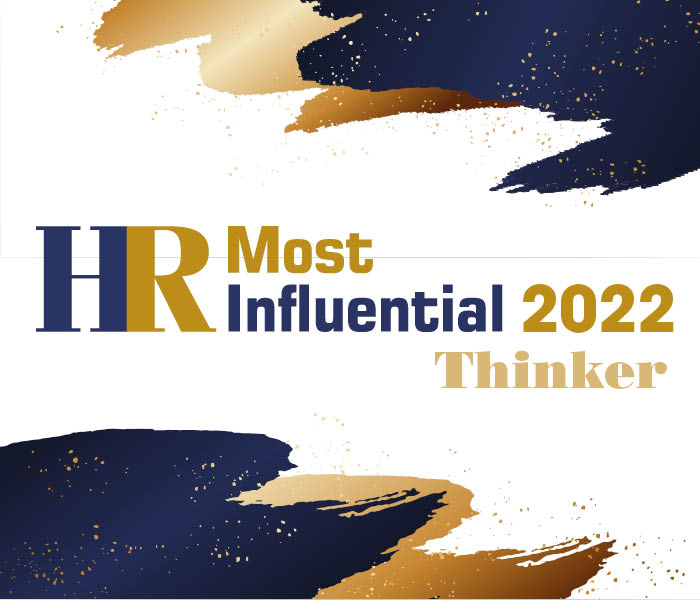Presentation on Solving the Productivity Puzzle – Tim Talk Episode One
In four minutes or less, Tim Talks separates fact from fiction in a series of videos on the fast-changing world of work.
In this episode, Tim introduces his forthcoming book, Solving the Productivity Puzzle and shares some economic and corporate trends alongside some compelling employee engagement studies.
Subscribe to Tim Talk on Tim’s YouTube Channel to be part of the discussion and stay up to date with the series!
Solving the Productivity Puzzle
Video Transcription
Hello and welcome to the very first Tim talk.
This is part of a series that’s going to start with my forthcoming book called solving the productivity puzzle. Comes out on kogan page on July 3rd in the UK and July 20th in the US and other parts of the world.
So I’m going to introduce the book today and walk you through some of the concepts as a bit of a preview in terms of what’s coming, so let’s get started.
So the idea of Solving the Productivity Puzzle came from an article that I read and in 2018 by the OECD. It was essentially a paper looking at people productivity and GDP out to the year 2060.
And essentially the OECD, after numerous studies, came to the conclusion that because people’s productivity has been stagnating over the past 10 year, we’re going to see a knock-on effect into the next 50-years.
Essentially, because of stagnating or decreasing people productivity throughout the world the OECD are predicting that this will create pressure on annual general growth and GDP. In fact, in some cases full GDP is going down over time on average and this is a real problem. I could get into boring GDP and economic things but the bottom line of what this means is that GDP is going down over time.
That means GDP per capita or per person goes down every time and the outcome of that is that trading Standards go down. So, as you might know, this causes a lot of different problems when you’re essentially leaving the Next Generation or generations in the future with worse conditions than what we enjoyed today. Nobody wants that and so this is, in fact, a pretty profound problem.
So the good news I took a look at some studies for a couple of years and understood the trends and the sort of things that are washing over as at the minute, that impact people productivity. More importantly, most of the book is on a solution – how do you fix and how do you develop people productivity in your organisation? I call it people engagement innovation and Performance: PEIP.
This solution isn’t one that is theoretical, it has actually been used before but it’s never been written about before. So, I summarise the solution in the book and it gives people some really simple things to think about and some really simple things to implement in their organisations. It goes through what’s the value case for making these changes.
So, changes to technology, processes, people processes – that sort of thing. So, really it’s more about changing the mindset, with technology supporting that. That’s what PEIP is about.
So these are the solutions I’m putting forward in Solving the Productivity Puzzle. These are the backbone of my book Solving the Productivity Puzzle. I was looking at these 10 trends and I was looking at the research and looking in a lot of detail as to why people’s productivity is stagnating and going down around the world. These are 10 things that I found that were both barriers and impacting our ability to improve productivity. However, Ialso learnt that there are also massive opportunities.
So, in the book I go through all 10 of these and go through the pros and cons. How are they impacting productivity and how can we convert them into massive opportunities to create engagement innovation and Performance inside your organisation?
It also summarises things that people I’ve spoken to are talking about. I’ve spoken to senior executives within large firms, medium-sized firms, small firms and these are the sort of things that they’re talking about as well. However, in the things that they’re struggling with, they also see potential.
So, we unpack all this in quite a lot of detail inside the book. Going forward in the next 10 episodes, we’re going to unpack these and use them to guide us through each of the Tim Talks. So, you have that to look forward to.
Tim Talks are in about 4 minutes or less and separate fact from fiction in a series of engaging videos on the fast changing world of work. Tim Talks will be posted every other week so tune in or subscribe on Tim’s YouTube channel. Thanks!

JULY 19TH 2022: TOP HR MOST INFLUENTIAL THINKERS 2022:
Tim named to the list of HR Most Influential Thinkers. HR Most Influential is an annual list that celebrates the most influential players in the field of people strategy.
Tim's Bio
Tim has over 30 years' experience as an executive in the HR Consulting and HR Software industry. He has architected and led some of the largest and most successful HR IT and change programs in North America, Europe, Asia and the Middle East.
He began his career in Andersen Consulting (now Accenture) in 1990 where he was Managing Director, in Accenture’s Talent and Organization, Service Line. In 2006, he was recruited to IBM Global Business Services where he led IBM’s global Human Capital Management (HCM) consulting practice.
He was most recently Vice President of SAP SuccessFactors for Europe, Middle East and Africa. He led SuccessFactors’ HR Advisory teams across the region.
Additionally, he is on the Board and Non-Executive Director of Optunli an HR solution providing a unique approach for strategic workforce planning. Tim is a Chartered Fellow of the CIPD (FCIPD).

MAY 25TH 2021: SOLVING THE PRODUCTIVITY PUZZLE IS CATEGORY WINNER:
Business Book Awards 2021 – HR & Management at the Business Book Awards. See Business Book Awards 2021 winners announcement, click here.


